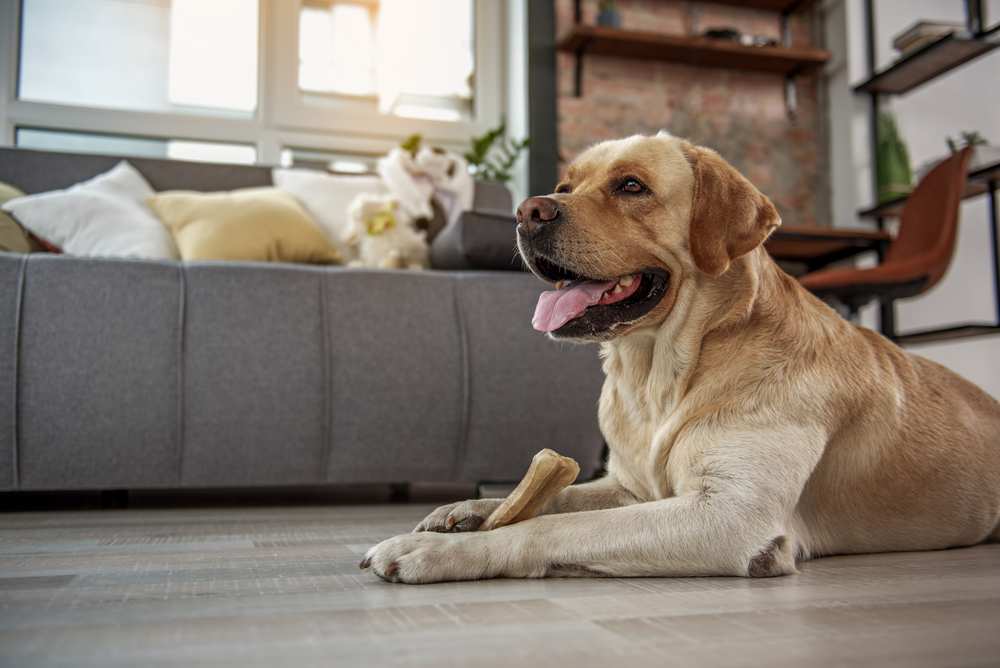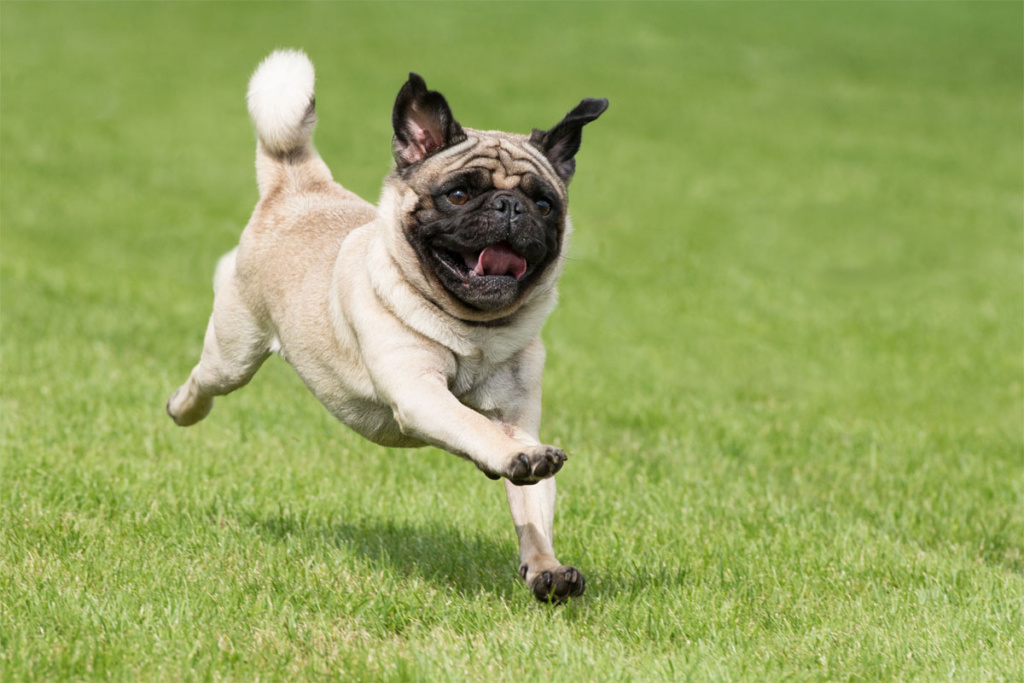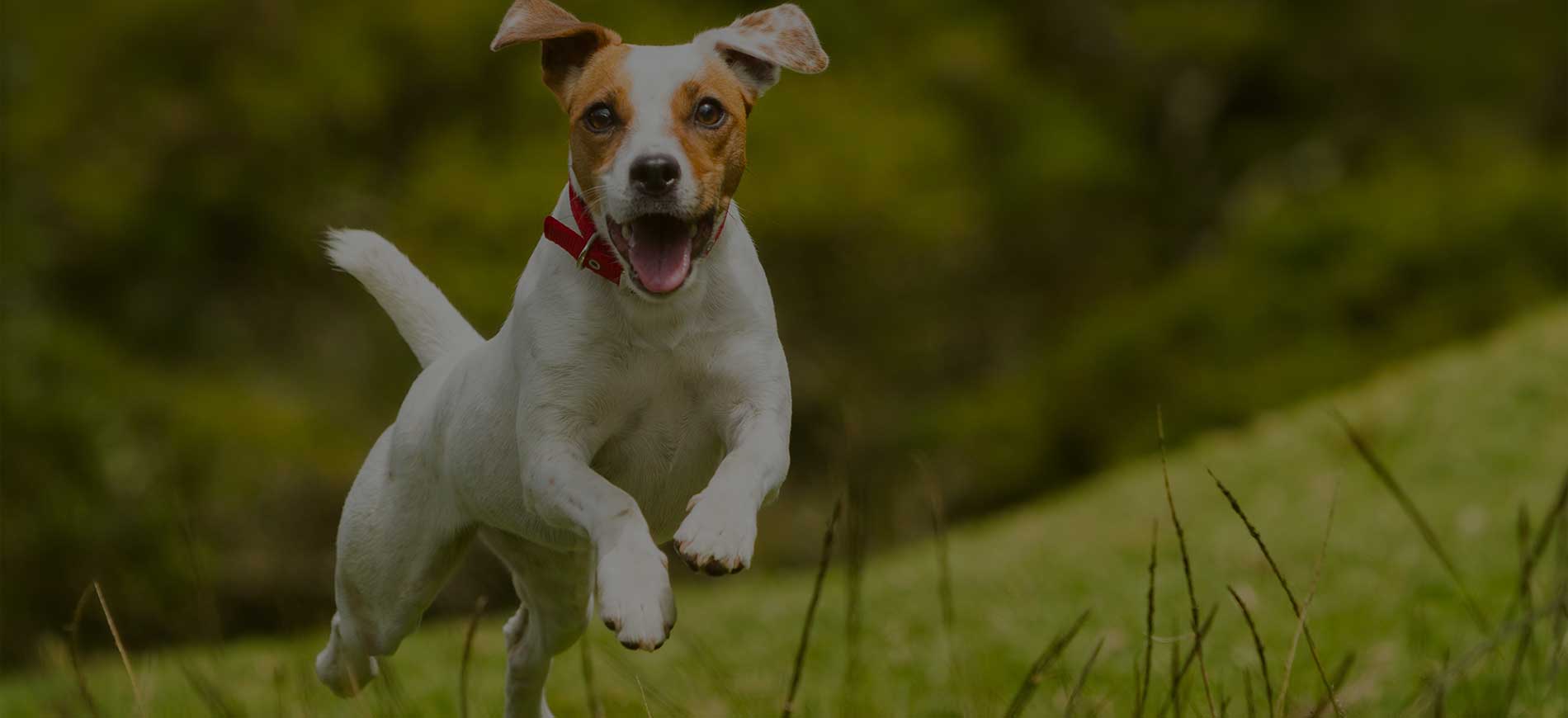Urine and stool samples: Collection + Drop off instructions

Urine testing
A urinalysis is recommended for pets displaying certain symptoms (including, but not limited to: straining to urinate, increased thirst, increased frequency of urination, blood in urine), to complement blood work results (or further investigate an abnormality on blood work results), and/or as a screening tool, especially for senior pets.
How do I collect a urine sample at home and store it for the appointment?
Based on the underlying reason(s) for performing a urinalysis, we may ask you to collect a sample from your pet in preparation for your upcoming at-home visit. These samples are most useful when they are collected on the same day as the appointment.
For most dogs, walking them to a frequented spot and collecting the urine with a clean, shallow, disposable tupperware container is ideal. Often a dog must be walked on a short leash to facilitate catching the urine without contamination. The FIRST morning’s urine sample is best as it is the most concentrated (since the pet hasn’t urinated overnight and hasn’t been eating or drinking much either while asleep).
For our feline friends, you can empty a plastic litter box of all litter, wash thoroughly with dish soap, and completely dry. Then either leave the box empty or add a small amount of a non-absorbent litter (small plastic pellets) in the box. Any urine produced in the box (and any non-absorbent litter) can then be poured in a small, disposable tupperware container. It is important to isolate the kitty from whom the sample is desired to ensure the sample is produced by the correct patient. Even in the absence of other household pets, often we advise confining the kitty to a small room with the emptied litter box as well as food and water to facilitate obtaining a sample. Checking the box often is recommended so as to collect the sample soon after it is produced and also ensure feces does not contaminate the sample.
Once the sample is collected from the dog or cat (preferably within 8 hours of the visit), it should be refrigerated. We will then obtain the sample from you at the visit.
If you are dropping off a sample, please see “How do I drop off a urine or stool sample?” below.
Fecal testing
Fecal testing is recommended for pets displaying certain symptoms (including, but not limited to: loose stool or diarrhea, blood in stool, straining to defecate), to complement other lab work results (or further investigate an abnormality on the results), and/or as an screening tool to annually check for intestinal parasites.


How do I collect a stool sample at home and store it for the appointment?
Collecting a stool sample from your pet in preparation for your upcoming at-home visit is usually requested. These samples are most useful (diagnostically accurate) when they are produced by the pet and collected by the owner on the same day as the at-home visit. Sometimes it can be challenging to collect a same day sample from the litter box for kitties, so please let us know if this may prove challenging or if you have questions.
Once the sample is collected from the dog or cat, it should be refrigerated. We will then obtain the sample from you at the visit.
If you are dropping off a sample, please see “How do I drop off a urine or stool sample?” below.
How do I drop off a urine or stool sample?
Please follow the collection and storage steps as described above. Sample collection and drop off should ideally occur on the same day to obtain the most accurate results. Once removed from the refrigerator and in transit, the sample should continue to be kept cool – please transport with an ice pack. Samples can be dropped off at our office or taken directly to the laboratory as explained below.
Office drop off
Samples can be dropped off at our office in Carlsbad (2525 S Vista Way). Unless you have made other arrangements with us directly, please call us (during our regular business hours, Monday through Friday) to notify us that you will be dropping off a sample so we can give you instructions for entry (our office is gated) and also so our staff knows to submit the sample to the lab.





